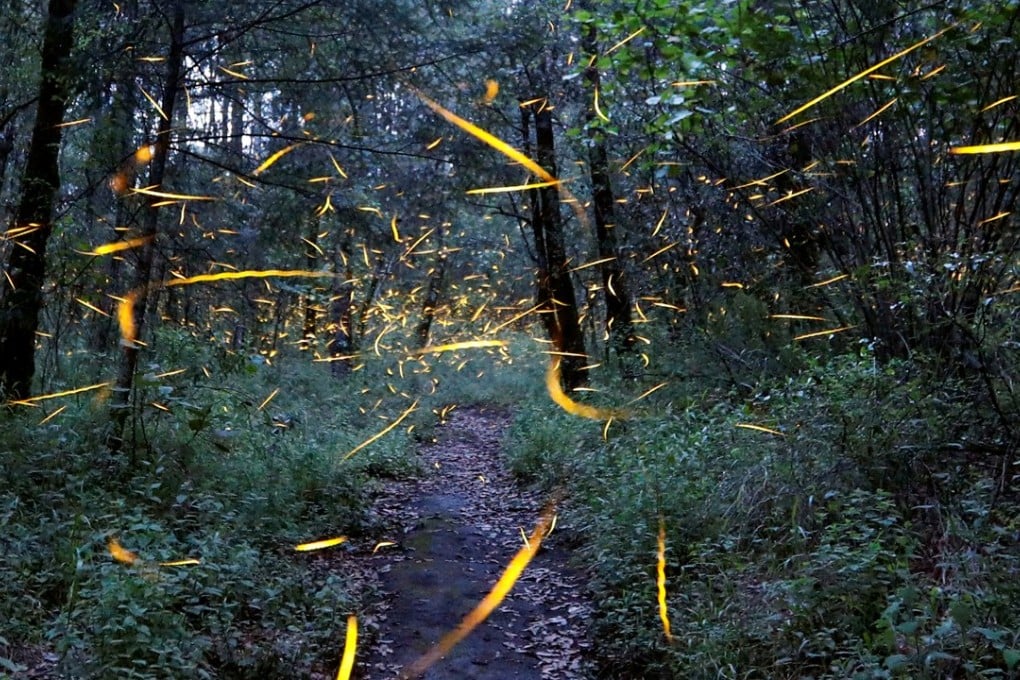How fireflies were brought back from the brink in urban Taipei
Taiwan’s capital has successfully reintroduced the insects after they all but disappeared in the city 25 years ago

Fireflies don’t have a lot going for them. For one thing, a firefly is a bug and not one like a butterfly that we normally enjoy having around.
Even when they do their signature thing and light up, fireflies can be nearly invisible in cities due to ambient light. They also come out after dark when many people are indoors.
Yet, for anyone who has ever walked in the forest at night and found themselves suddenly surrounded by waves of blinking fireflies, it is a memory not soon forgotten.
Sadly, firefly populations are dwindling, particularly in cities where pollution and habitat destruction have nearly eliminated them, but also in rural environments where they are under pressure from agricultural pesticides, forest clearance and water management projects that drain wetlands where they reproduce.
As environmentalists have tended to focus on species that are economically important, like tuna, or exotic, like migratory birds, insects have flown largely under the radar of concern.
This has begun to change, however.